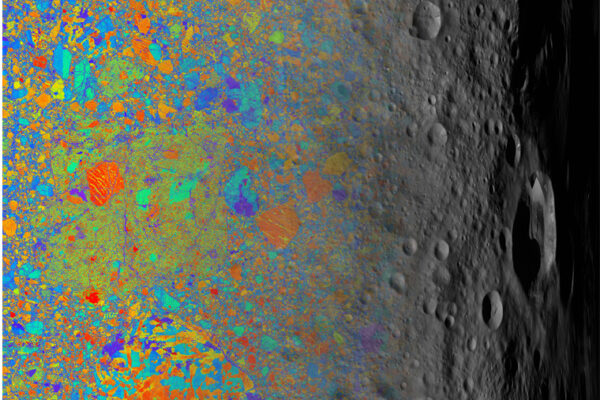Ancient micrometeoroids carried specks of stardust, water to asteroid 4 Vesta
Researchers at Washington University in St. Louis are the first to study presolar materials that landed on a planet-like body. Their findings may help solve the mystery: where did all the water on Earth come from?
Astrophysicists spot pulsed radiation from Crab Nebula that wasn’t supposed to be there
The VERITAS array of telescopes has detected pulsed gamma rays from the pulsar at the heart of the Crab Nebula that have energies far higher than the common theoretical models can explain. The finding is one of the most exciting in the telescope’s history, according to consortium members at Washington University in St. Louis.

